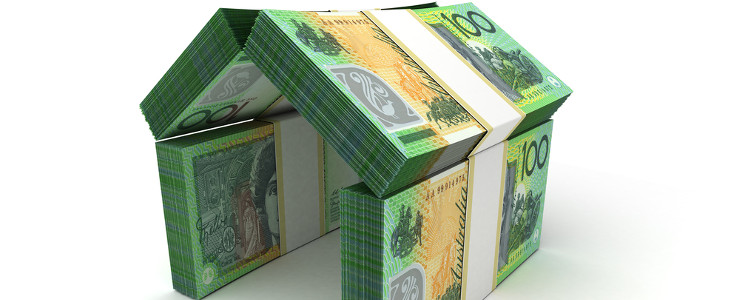1784 – The Hat Tax
In 1784 Pitt the Younger introduced a tax on men’s hats to raise government revenue. The government believed the tax would be equitable as the rich would have a large number of expensive hats, whereas the poor might have one cheap hat or none at all. Ladies hats were exempt from the tax.
The hat tax required hat retailers to buy a licence (for two pounds) and display the sign ‘Dealer in Hats by Retail’ over the door of their premises. In addition, special stamps had to be affixed to the lining of the hats, in order to make the hats legal. Heavy fines were given to hat sellers and hat wearers who failed to pay the hat tax.
Although there were penalties for both the seller and buyer of hats without stamps, the death penalty was reserved for forgers of hat tax revenue stamps. To avoid the hat tax, hat makers stopped calling their hats ‘hats’. The tax was repealed in 1811.
"You’d be stupid not to try to cut your tax bill and those that don’t are stupid in business"
- Bono: U2





